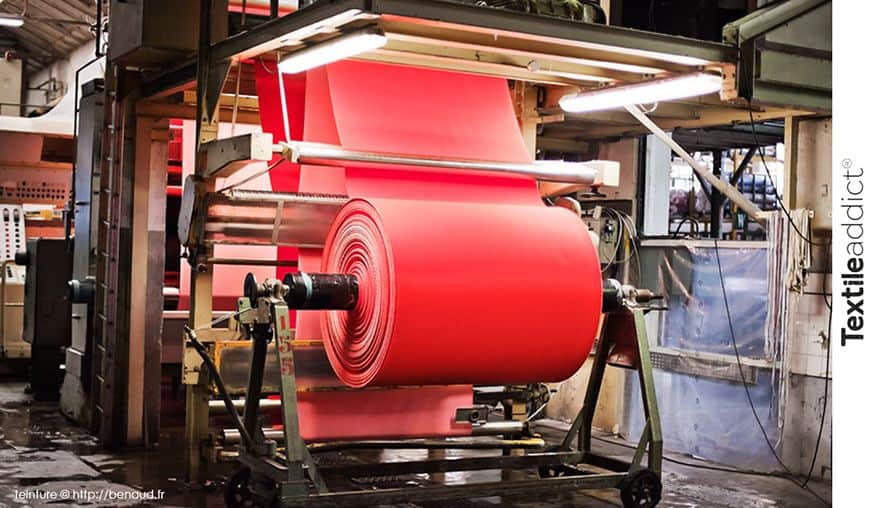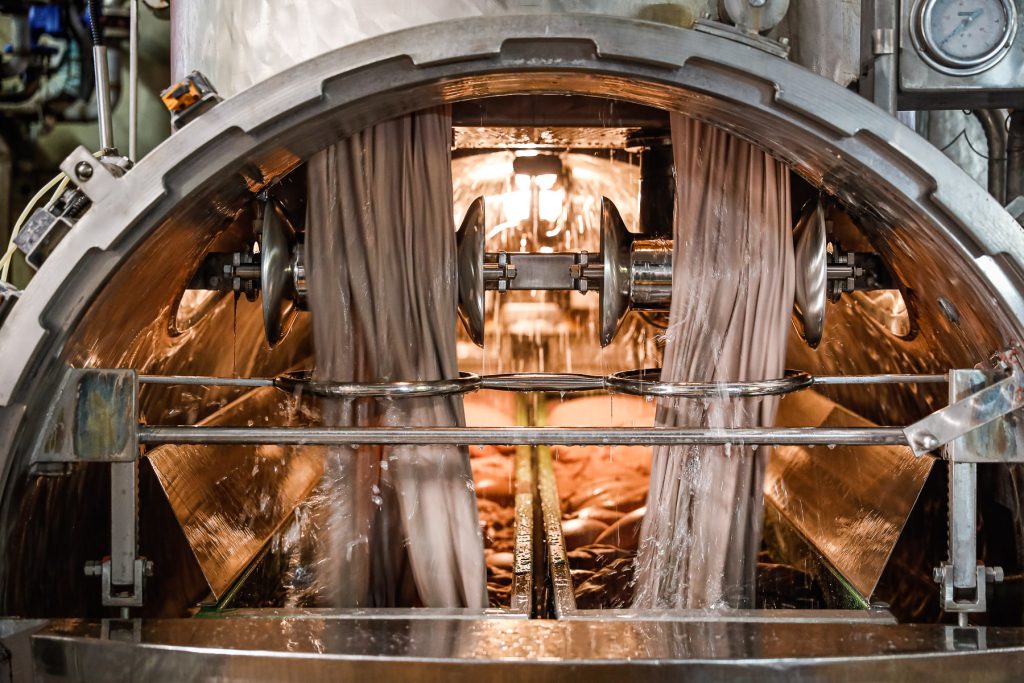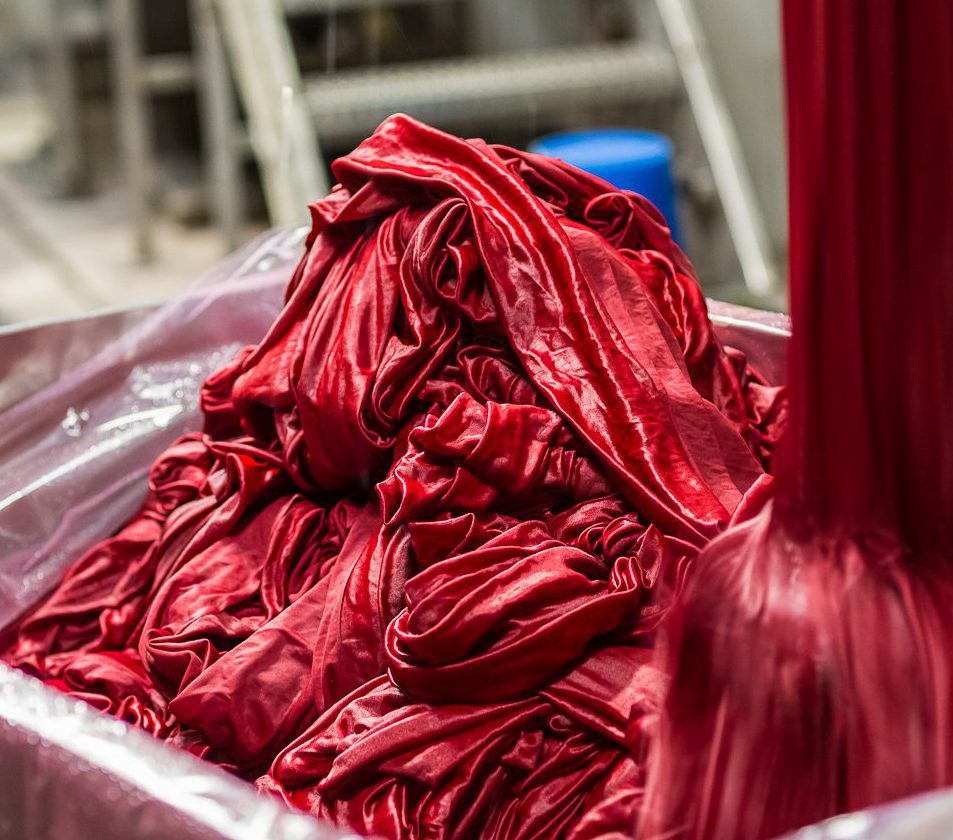Teinture Textile Action: Your Ultimate Guide To Sustainable Fashion
Ever wondered how the fashion industry impacts our planet? Well, teinture textile action is here to revolutionize the way we think about clothing and its environmental footprint. In this article, we’ll dive deep into the world of sustainable fashion, exploring how dyeing textiles can make a real difference. This isn’t just about looking good; it’s about doing good for Mother Earth.
Let’s face it, the fashion world has been under scrutiny for years now. Fast fashion? Yeah, it’s convenient and trendy, but at what cost? That’s where teinture textile action steps in. It’s all about using eco-friendly methods to dye fabrics, reducing pollution, and saving resources. Think of it as giving fashion a green makeover.
Now, before we get too deep into the nitty-gritty, let me tell you this: teinture textile action isn’t just a buzzword. It’s a movement that’s gaining serious traction among fashion enthusiasts, environmentalists, and even big-name brands. So, if you’re ready to learn how your wardrobe can contribute to a healthier planet, stick around because we’re about to uncover some game-changing info.
What Exactly is Teinture Textile Action?
So, what does teinture textile action really mean? In simple terms, it’s all about using sustainable methods to dye fabrics. Instead of relying on harmful chemicals that pollute waterways and damage ecosystems, teinture textile action focuses on natural, organic, and biodegradable alternatives. It’s like giving fashion a fresh coat of paint, but with a conscience.
Here’s the deal: traditional textile dyeing processes are notorious for being one of the most polluting industries in the world. The chemicals used in conventional dyeing not only harm the environment but also put the health of workers at risk. Teinture textile action aims to change that by promoting eco-friendly practices that are safe for both people and the planet.
Why Should You Care About Teinture Textile Action?
Alright, here’s the kicker: teinture textile action isn’t just about saving the planet; it’s about saving yourself too. When you choose clothing made with sustainable dyeing methods, you’re not only reducing your carbon footprint but also supporting ethical practices that prioritize human health and well-being. Plus, who doesn’t want to look good while feeling good about their choices?
And let’s not forget the bigger picture. The fashion industry is one of the largest contributors to global pollution. By embracing teinture textile action, we can significantly reduce the amount of toxic waste that ends up in our rivers and oceans. It’s a win-win situation for everyone involved.
The Environmental Impact of Traditional Textile Dyeing
Now, let’s take a closer look at the environmental impact of traditional textile dyeing. Did you know that the fashion industry is responsible for around 20% of global wastewater? Yeah, that’s a lot of pollution. And it doesn’t stop there. The chemicals used in conventional dyeing processes can cause serious harm to aquatic life and even contaminate drinking water supplies.
Here are some shocking stats to put things into perspective:
- Approximately 70% of rivers and lakes in China are contaminated due to textile dyeing.
- Over 8,000 synthetic chemicals are used in the textile industry, many of which are toxic and non-biodegradable.
- It takes about 200 tons of water to dye just one ton of fabric using traditional methods.
These numbers are alarming, to say the least. But the good news is that teinture textile action offers a viable solution to these pressing issues.
Benefits of Teinture Textile Action
So, what are the benefits of embracing teinture textile action? Let’s break it down:
1. Reduced Environmental Impact
By using natural dyes and eco-friendly methods, teinture textile action significantly reduces the amount of pollution caused by traditional dyeing processes. This means cleaner waterways, healthier ecosystems, and a safer planet for future generations.
2. Improved Health and Safety
Conventional dyeing methods often expose workers to harmful chemicals that can lead to serious health issues. Teinture textile action eliminates these risks by prioritizing safe and ethical practices that protect both workers and consumers.
3. Enhanced Sustainability
Teinture textile action promotes the use of renewable resources and biodegradable materials, ensuring that fashion remains sustainable for years to come. It’s all about creating a circular economy where waste is minimized, and resources are maximized.
How Does Teinture Textile Action Work?
Now that we’ve covered the basics, let’s dive into the mechanics of teinture textile action. How exactly does it work? Well, it all starts with choosing the right materials. Instead of synthetic fabrics, teinture textile action focuses on using natural fibers like cotton, hemp, and bamboo. These materials are not only easier to dye but also more environmentally friendly.
Next comes the dyeing process itself. Instead of using harsh chemicals, teinture textile action relies on natural dyes derived from plants, minerals, and other organic sources. These dyes are not only safer for the environment but also produce vibrant, long-lasting colors that won’t fade over time.
Innovations in Teinture Textile Action
Technology is playing a big role in advancing teinture textile action. From digital printing to waterless dyeing techniques, innovators are finding new ways to make fashion more sustainable. Let’s take a look at some of the latest breakthroughs:
- Digital Printing: This method uses inkjet technology to apply dyes directly onto fabric, reducing water consumption by up to 90%.
- Waterless Dyeing: As the name suggests, this technique eliminates the need for water altogether, making it one of the most eco-friendly options available.
- Natural Dye Extraction: Scientists are developing new methods to extract dyes from plants and minerals, ensuring that the process remains sustainable and ethical.
Challenges Facing Teinture Textile Action
Of course, no movement is without its challenges. Teinture textile action faces several obstacles that need to be addressed if it’s going to achieve widespread adoption. Here are a few of the biggest hurdles:
1. Cost
Eco-friendly dyeing methods can be more expensive than traditional techniques, making it difficult for smaller brands to compete with fast fashion giants. However, as demand for sustainable fashion grows, prices are expected to decrease.
2. Scalability
Scaling up production while maintaining eco-friendly standards is a challenge that many companies are working to overcome. Innovations in technology and process optimization are helping to make teinture textile action more viable on a larger scale.
3. Consumer Awareness
Many consumers are still unaware of the environmental impact of their fashion choices. Educating the public about the benefits of teinture textile action is crucial for driving change and encouraging more people to embrace sustainable fashion.
Brands Leading the Way in Teinture Textile Action
Fortunately, there are several brands that are leading the charge when it comes to teinture textile action. These companies are proving that sustainable fashion doesn’t have to come at the expense of style or affordability. Here are a few standout examples:
- Patagonia: Known for its commitment to environmental responsibility, Patagonia uses organic cotton and natural dyes in many of its products.
- Eileen Fisher: This brand has been a pioneer in sustainable fashion, using eco-friendly materials and processes to create timeless pieces that last.
- People Tree: A leader in fair trade fashion, People Tree uses natural dyes and organic materials to produce beautiful, ethical clothing.
How You Can Support Teinture Textile Action
So, how can you get involved in the teinture textile action movement? Here are a few simple steps you can take:
1. Shop Sustainably
Choose clothing made with natural fibers and eco-friendly dyes. Look for brands that prioritize sustainability and transparency in their production processes.
2. Educate Yourself
Learn more about the environmental impact of fashion and the benefits of teinture textile action. The more informed you are, the better equipped you’ll be to make conscious choices.
3. Spread the Word
Talk to your friends and family about the importance of sustainable fashion. Share articles, blogs, and social media posts that highlight the benefits of teinture textile action.
Conclusion
Teinture textile action is more than just a trend; it’s a movement that’s transforming the fashion industry from the ground up. By embracing eco-friendly dyeing methods, we can significantly reduce the environmental impact of fashion while promoting ethical practices that prioritize human health and well-being.
So, what are you waiting for? Join the teinture textile action movement today and be part of the change. Together, we can create a fashion industry that’s as beautiful as the planet we call home.
Don’t forget to leave a comment below and let us know your thoughts on teinture textile action. And if you enjoyed this article, be sure to share it with your friends and family. Let’s spread the word and make sustainable fashion the norm!
Table of Contents
- What Exactly is Teinture Textile Action?
- Why Should You Care About Teinture Textile Action?
- The Environmental Impact of Traditional Textile Dyeing
- Benefits of Teinture Textile Action
- How Does Teinture Textile Action Work?
- Innovations in Teinture Textile Action
- Challenges Facing Teinture Textile Action
- Brands Leading the Way in Teinture Textile Action
- How You Can Support Teinture Textile Action
- Conclusion

Teinture et tisséteint Textile Addict

Teinture Types de colorants et méthodes Textile technique

Teinture Types de colorants et méthodes Textile technique